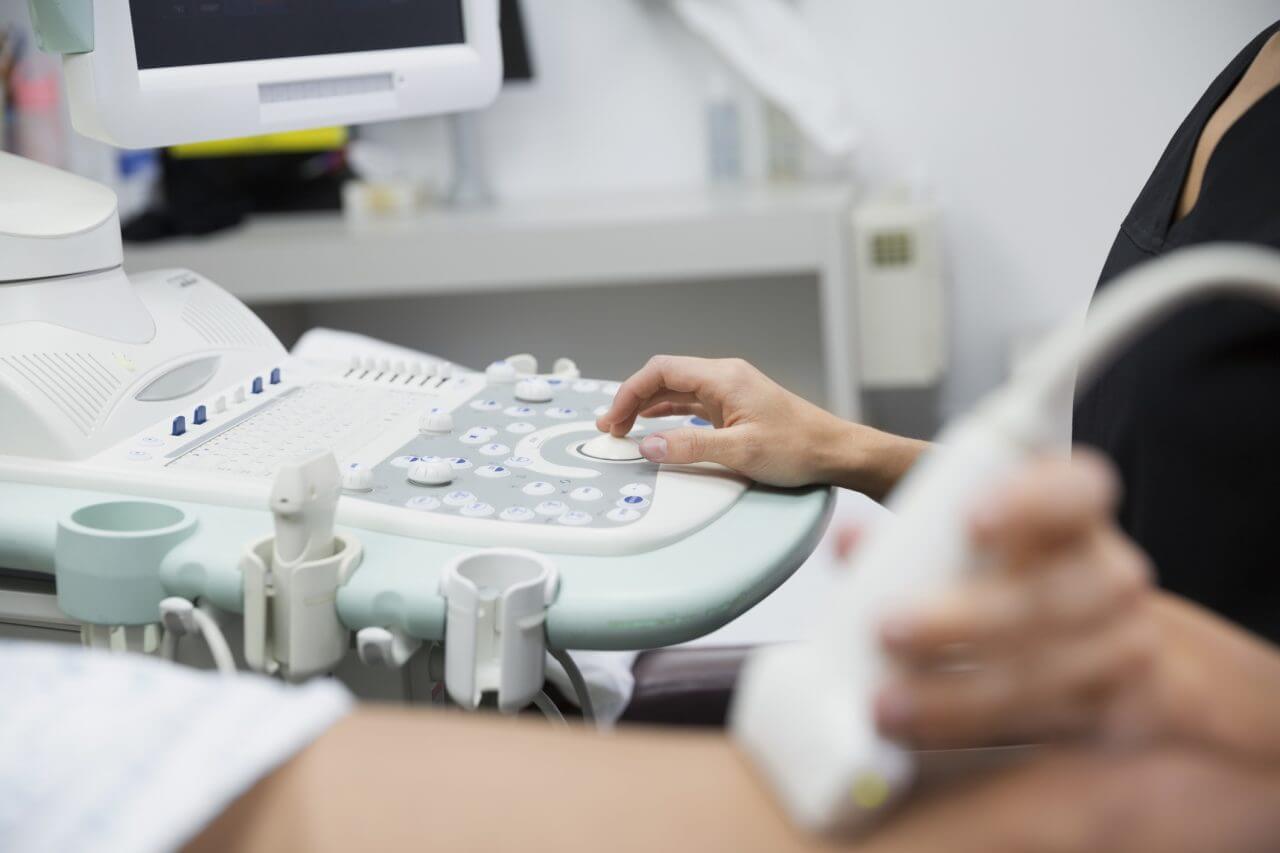Types of Ultrasounds

When you hear the term “ultrasound,” the image that comes to mind may be of a technician moving a device (called a transducer) over a pregnant woman’s belly as the two of them watch a monitor showing an image of the baby in her uterus. That’s one of the most well-known uses of an ultrasound. However, the technology has many other applications as well.
Abdominal Ultrasound
- The transducer is moved around the exterior of the abdomen to assess the condition of internal organs like the kidneys, bladder, liver, spleen, gallbladder, and pancreas.
- This exam helps the doctor position other instruments (in a needle biopsy, for example), determine the cause of an enlarged organ, identify gallbladder or kidney stones, or evaluate major blood vessels.
- You may not eat or drink after midnight the night before the procedure.
- You may experience slight discomfort from the pressure of the transducer.
Pelvic Ultrasound
- The transducer is moved around the exterior of the pelvic area to examine internal structures including the bladder, prostate gland, ovaries, and uterus.
- This exam helps the doctor determine the cause of issues like unusual bleeding, pelvic pain and menstrual problems, and assess uterine fibroids, ovarian cysts, uterine and ovarian cancers, and bladder and kidney stones.
- The procedure requires a full bladder. You’ll drink 32 ounces of liquid one hour before the exam and then not empty your bladder until after the exam.
- You may experience some discomfort from the pressure of the transducer.
Transabdominal Ultrasound
- The transducer is moved around the exterior of the abdomen to evaluate internal organs in the abdomen.
- This exam is performed for a variety of assessment and diagnostic purposes.
- A full bladder is required. You’ll drink 32 ounces of liquid one hour before the exam and then not empty your bladder until after the exam.
- The pressure of the transducer may cause mild discomfort.
Transvaginal Ultrasound
- This exam involves the insertion of the transducer into the vagina.
- The procedure is most often used to look for the cause of pelvic pain.
- Your bladder must be empty.
- This procedure is similar to a gynecological exam, but with less discomfort. You’ll be lying on your back with your feet in stirrups.
Transrectal Ultrasound
- In this exam, the transducer is inserted into the rectum.
- The procedure is used to assess the condition of the prostate gland.
- No special preparation is required.
- You’re positioned on your left side with your knees bent and pulled up toward the chest.
Obstetric Ultrasound
- The transducer is moved around the belly and lower abdominal area. In some cases, a transvaginal ultrasound is performed in the same exam.
- This procedure provides information on your condition and that of your embryo or fetus.
- This exam requires a full bladder. You’ll drink 32 ounces of liquid one hour before the exam and then not empty your bladder until after the exam.
- Firm pressure may be required at times during the abdominal portion of the exam to get a clear image of the embryo or fetus. This may produce temporary discomfort.
Carotid and Abdominal Aorta Ultrasound
- This exam produces images of blood flow in the neck.
- The procedure is used as a fast, noninvasive way to detect blockages that might produce a stroke.
- No preparation is required.
- Minimal pressure is applied, so little, if any, discomfort is produced.
Learn More About Ultrasound Exams
Ultrasound imaging can be used to provide information on a wide range of medical conditions, enabling doctors to make informed and accurate assessments of those conditions. Learn more about ultrasounds from Baptist Health.



